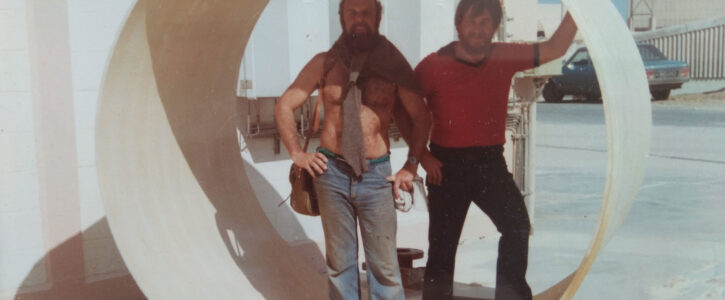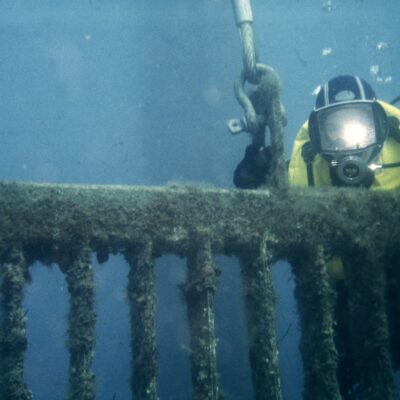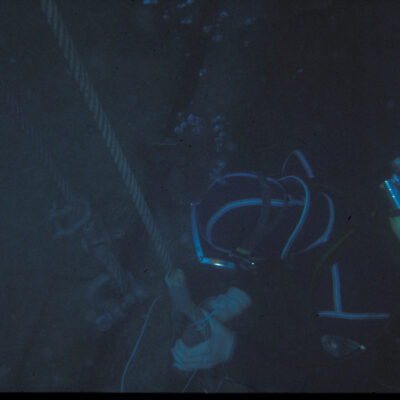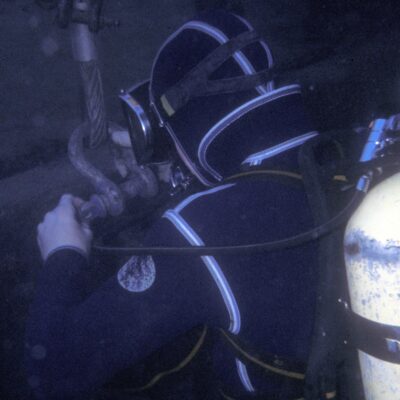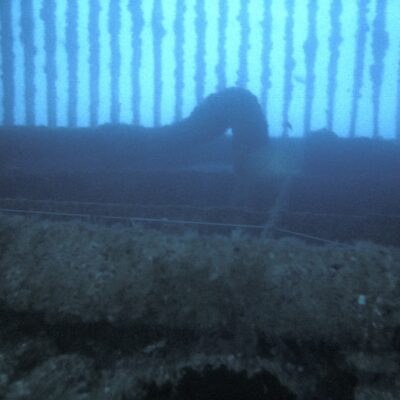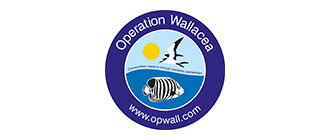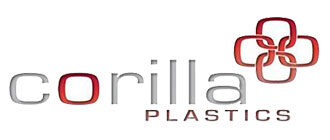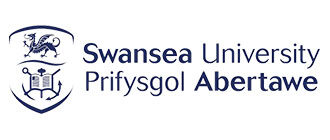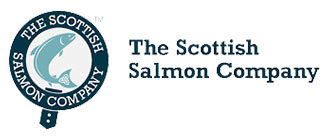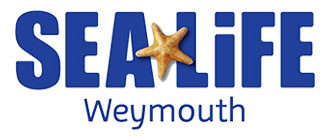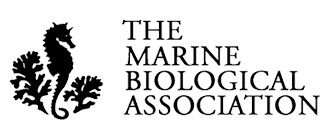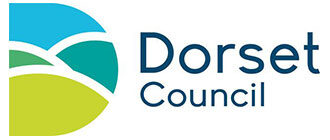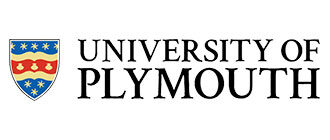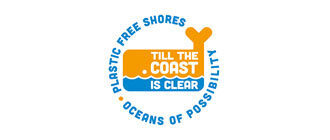Date: October 1982
Location: Marsa Al Burayqah Oil Refinery, Gulf of Sidra, Libya
Task: Dive to locate the damage to the two 1100m x 2.2m sea water intake pipes
SCUBA Divers: Allan Osbourne, Blaise Bullimore and David Francis
The diving experience in Libya provided David with tangible evidence that combining hard surfaces and water flow can create new ecosystems in otherwise barren environments. This was one of several international diving experiences that led to the formation of SeaHives.
The cooling water intake pipes to the oil refinery had been damaged, but the precise location and severity was unknown. David and his fellow diver entered the pipes and swam along inside them to locate, measure and photograph the damage areas. These details were then submitted as a report for use by the company contracted to repair the pipes.
The surrounding sea bed was mostly sand, with extensive sea grass meadows but few hard surfaces. The seaward end of the pipe was formed a large upward facing funnel approx. 4m wide, surrounded by a strong grid of steel bars designed to prevent objects larger than a large orange being sucked into the pipe.
David noticed that the bars around the funnel were completely covered in filter feeding animals, as was the funnel and the first 10 to 15m of the pipe, which was significantly reduced in diameter by a layer of spiny oysters and other bivalves. These animals were not found further along the pipe as there was little suspended food remaining in the water to feed them.
To achieve a similar environmental benefit as witnessed in Libya, SeaHives are designed to encourage the flow of nutrient rich water through their structure, nourishing the filter feeding animals that pioneer the creation of the new ecosystem.

